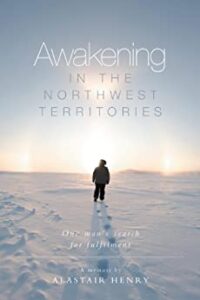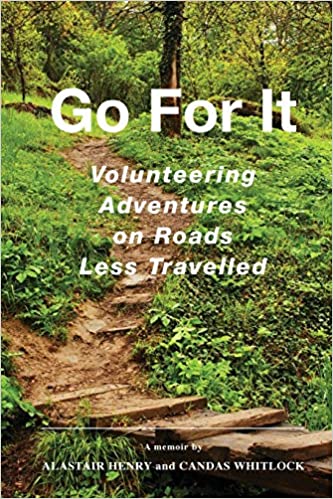British Orphanages & Homes
In the late nineteenth century (1850-1900) there were many homeless and destitute children living on the streets of European cities and towns and as a result a lot of crime and disease. Some children were orphaned when their parents died from diseases or accidents; some children were abandoned by their parents because they could not afford to feed them, and some children were runaways from workhouses and/or abusive situations.
To address the situation and make the streets cleaner and safer, The British government and philanthropic benefactors, such as Annie Parlane MacPherson and Dr. Barnardo built orphanages and Homes to house these children.
The British government developed a re-education program for the children in the orphanages and Homes intended to cause the children to lose their identity and become God-fearing, law-abiding Christians. The program was administered by the various religious orders running the institutions and was so successful that the British government saw fit to export it to the colonies to be used in the Residential School system for indigenous children.
The Home Children Scheme
In 1868 Annie Parlane MacPherson opened the Home of Industry for orphans and waifs, and, a few years later, founded the Home Children scheme whereby children from the Homes were sent to Canada and other colonies. She made arrangements with Barnados’s Homes in London, Quarriers Homes in Scotland, and Smyly Homes in Ireland to send their children too, as well as children from Catholic and Church of England orphanages.
Though the scheme was intended to be in the best interest of the children, it soon became a politically designed arrangement between governments. The British government wanted to emigrate the Home Children to save money because it cost five times more to keep a child in care for a year than it did to “emigrate” them; the colonies needed more people to work the farms and for domestic service, and for the orphanages and Homes, the Home Children scheme was a lucrative income generator. In addition to the money they received from the British and Canadian governments for every child they emigrated, they collected extra monies from finder’s fees, the children’s unpaid war gratuities, beneficiary payouts from children’s life insurance policies and donations from the public. The income earned by these sending organizations was in the millions in today’s dollars.
When the children in the orphanages and Homes turned thirteen, they were emigrated to the colonies to work on five-year labor contracts. Most boys went to work on farms and girls went into domestic service. The children were known as Home Children and were generally not welcomed as family members by the host family. Many children were physically, sexually, and emotionally abused, malnourished and neglected and faced stigmatization for being a Home Child. They were made to feel worthless and many committed suicide.
In reality, the scheme was indentured slavery that created a domestic servant and farm labouring class of British children in the colonies. It was not solely in the best interests of the children, as the authorities proclaimed it to be. Sound familiar? The Residential School program for indigenous children was presented to the general public in the same way.
Over 100,000 children from the ages of four to fourteen, were sent to Canada between 1860 and 1948.
The British and Australian governments and Dr. Barnardos have publicly apologized to the victims and their descendants for their part in the scheme and offered financial restitution. Canada has not done this. In 2009, the then Immigration Minister, Jason Kenny, said there was no need for Canada to apologize for the abuse and exploitation suffered by the Home Children because Canadians don’t expect their government to apologize for every sad event in our history. He said Canada was taking measures to recognize “that sad period,” which included a parliamentary motion to declare 2010 the year of the Home Child, Canada Post to issue Home Child stamps, and the Pier 21 museum to recognize the Home Children. He said it was a non-issue in Canada because people don’t care – they don’t care because they don’t know!.
On Feb 7 2018 the Canadian House of Commons finally offered an apology in the form of a motion: “That, in the opinion of the House, the government should recognize the contributions made by the over 100,000 British Home Children to Canadian society, their service to our armed forces throughout the twentieth century, the hardships and stigmas that many of them endured, and the importance of educating and reflecting upon the story of the Home Children for future generations by declaring September 28 of every year, Home Child Day in Canada.”
To date, no Canadian Prime Minister has issued a formal apology to the victims and descendants of the Home Children for the Canadian government’s part in the Scheme as they have for the victims and descendants of the Indian Residential School program. Why not? What is the difference between the two? We’ve allowed this part of Canadian History to be swept under the carpet, yet 10% of our population can trace their Canadian ancestry back to a Home Child.
To get our Prime Minister to apologize to the victims and descendants of the Home Children program we need to raise awareness among Canadians about this social injustice situation We can do this by copying and pasting this document to share with friends and by talking about it publicly.
To learn more about Home Children in Canada click on https://canadianbritishhomechildren.weebly.com/.



